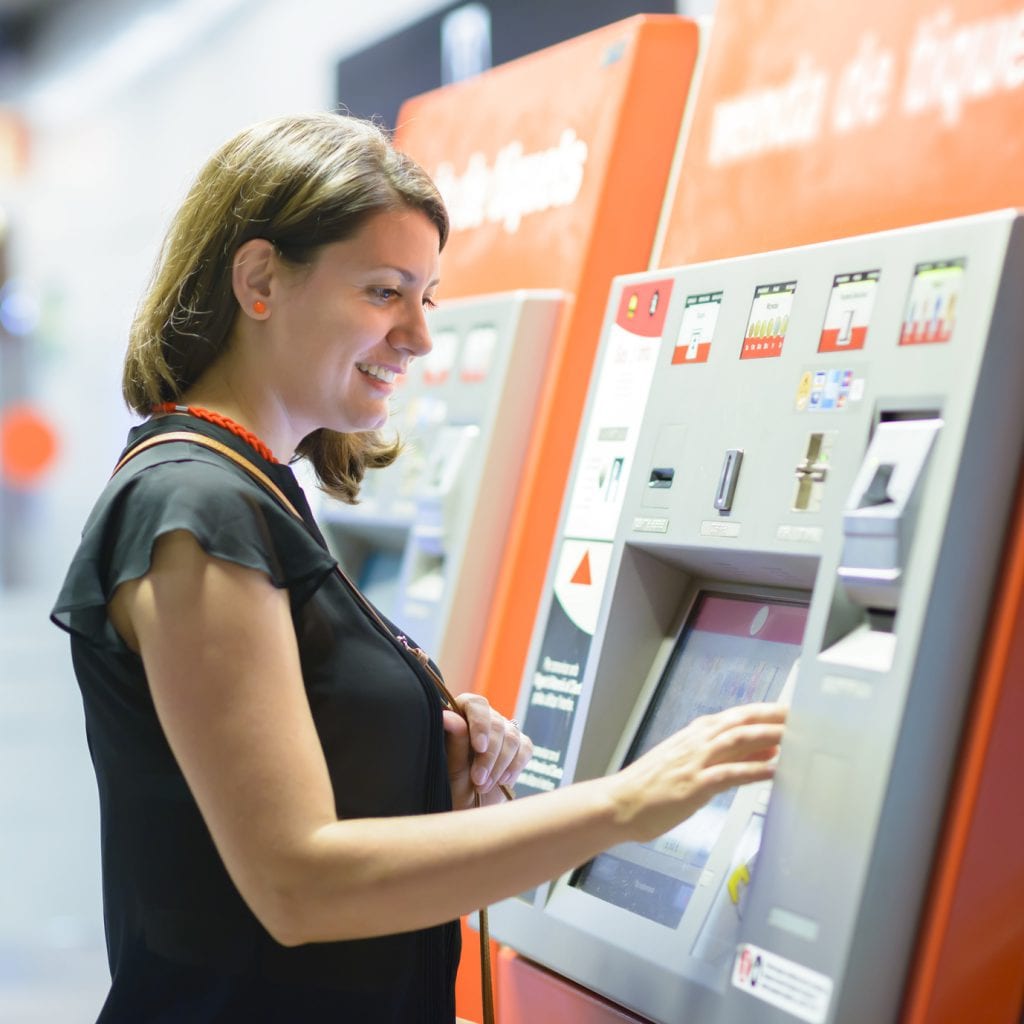The profound changes taking place in how consumers and small businesses bank is new and old at the same time. The financial industry’s recognition of the impact of the ATM on our daily financial lives, and the article does well to link the innovation with the current period of upheaval brought about with mobile banking.
Adoption took a while, but community banks across the U.S. rushed to add ATMs during the 1970s because customers wanted the convenience, Centier Bank Senior Partner Robert Buhle said.
“I believe it was one of the first truly automated tools of the banking trade,” Buhle said. “It was the first self-service where a banking customer could serve themselves. Someone who wanted cash from a paycheck didn’t have to speak with a teller. The revolution was that all of a sudden you could bank 24/7.”
ATMs paved the way for debit cards, point-of-sale transactions, online banking, voice-response mobile banking and payment methods like Apple Pay or Samsung Payment, Buhle said.
“Mobile banking is the new ATM,” he said. “It has a robust feature set. You can do anything short of getting a cash withdrawal.”
Mercator Advisory Group agrees with the assessment of the impact of mobile banking as being on par with the ongoing expansion of self-service delivered by ATMs.
Banks had to evolve after ATMs automated many routine transactions. Peoples Bank Chief Executive Officer Ben Bochnowski often jokes with his bankers that customers haven’t had to talk to tellers for a half century to get access to their money, “so when a customer comes through the door, you know it’s important.
Recognizing technology as a tool that affords greater efficiency and convenience in the processing consumers need to engage on more frequently frees human assets to focus on the more subtle and nuanced solutions those same consumers are coming to expect for their personal financial wellness. We anticipate the wider range of payment options and structuring delivered through mobile banking will further spur the need for financial wellness and advisory services from financial institutions. Perhaps the launch of mobile banking will be seen in a similar light as the advent of ATMs in the not too distant future.
Overview by Joseph Walent, Associate Director, Customer Interactions Advisory Service at Mercator Advisory Group
Read the full story here
